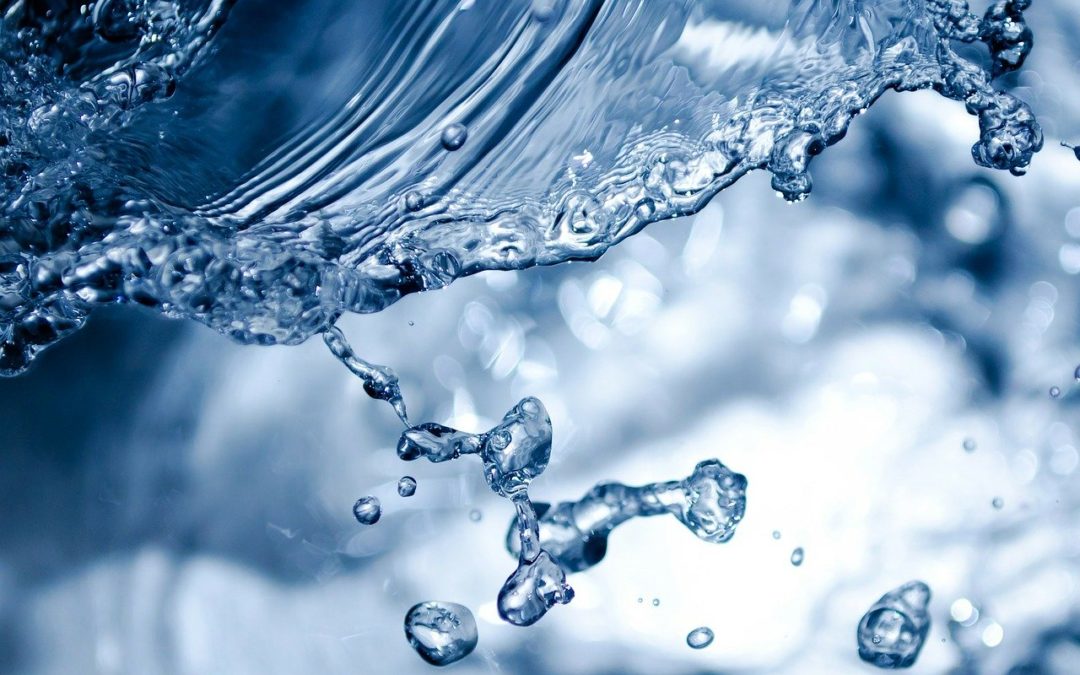Water’s amazing potential unites every living thing. Safe, healthy water can bring health crises under control and make the literal difference between life and death. There are deeply serious challenges to providing safe water. Much of the Middle East, Africa and Asia have almost no infrastructure outside the bigger cities. Paved roads, electricity and running water are uncommon. How can modern engineering provide efficient, economical ways to deliver safe drinking water?
Worldwide, one in nine people face the lack of safe water. That’s over 844 million people. Over 30 percent of the world population is severely lacking in sanitation. A child dies of water-borne illness every two minutes. Clearly, these problems need to be addressed.
Water filtration at the molecular level can reduce mortality rates for both infants and mothers while improving health, sanitation and medical care for everyone. In the past, substances like bleach, iodine and quinine were mixed into water supplies to affect the chemical structure of the water or simply to poison unwanted organisms. When done incorrectly, it’s the people who end up getting poisoned.
Filtering river and spring water at a high enough rate to service laundry, crops and village tanks has been difficult, and chemicals are simply diluted too quickly to be useful in these situations. Filtration systems that can pass a high rate of flow while economically ensuring a high-quality result are desperately needed.
There are two ways filtration can improve water quality. One is filtering out particulates and organisms by forcing the water through holes too small for foreign objects to pass through. The problem is, when you get small enough holes to filter out microscopic organisms like bacteria, the process can be slow and impractical.
The other way filtration can help is by treating water ionically, by way of metals and other chemicals that are bonded to the filter material. This sanitizes water and removes harmful chemicals by reacting at the molecular level to remove them from the water.
Nanomaterials are a branch of nanotechnology, which manipulates particles, materials and chemical reactions at the scale from one to 100 nanometers. Some nanomaterials are sheets that are only one atom thick. Unique surface, physical and chemical properties have been discovered with nanomaterials that could have far-reaching impact on safe water supplies.
Some advantages to filtering with nanomaterials instead of conventional filters are less pressure to move water through the filter and huge surface area because of the tiny particles involved. Combining nanomaterials on one filtration system, or using different materials during each different stage of water treatment can produce amazing results.
Membranes constructed of carbon nanotubes remove nearly every kind of water contaminant, including viruses, bacteria and organic contamination. Yet carbon nanotube filters can flow water at a far faster rate than conventional filters. Charging such membranes with silver nanoparticles, taking advantage of silver’s antiseptic properties can provide high-flow filters, highly effective in particle removal but also in sterilization.
Nanomaterial usage varies widely depending on application. Graphene, carbon tubes and borophene are being used for membranes. Antiseptic nanoparticles like silver can be combined with the membrane and free metal nanoparticles such as iron and zinc are added to the water like powder and then removed with impurities attached to them.
Since the first research in the 1980s, nanomaterials have come a vast distance. Today they are poised to solve some of the world’s most serious health problems while simultaneously creating entire new industries. Nothing makes more sense than the application of such wondrous technology to the enormous global challenges of safe water supplies.
